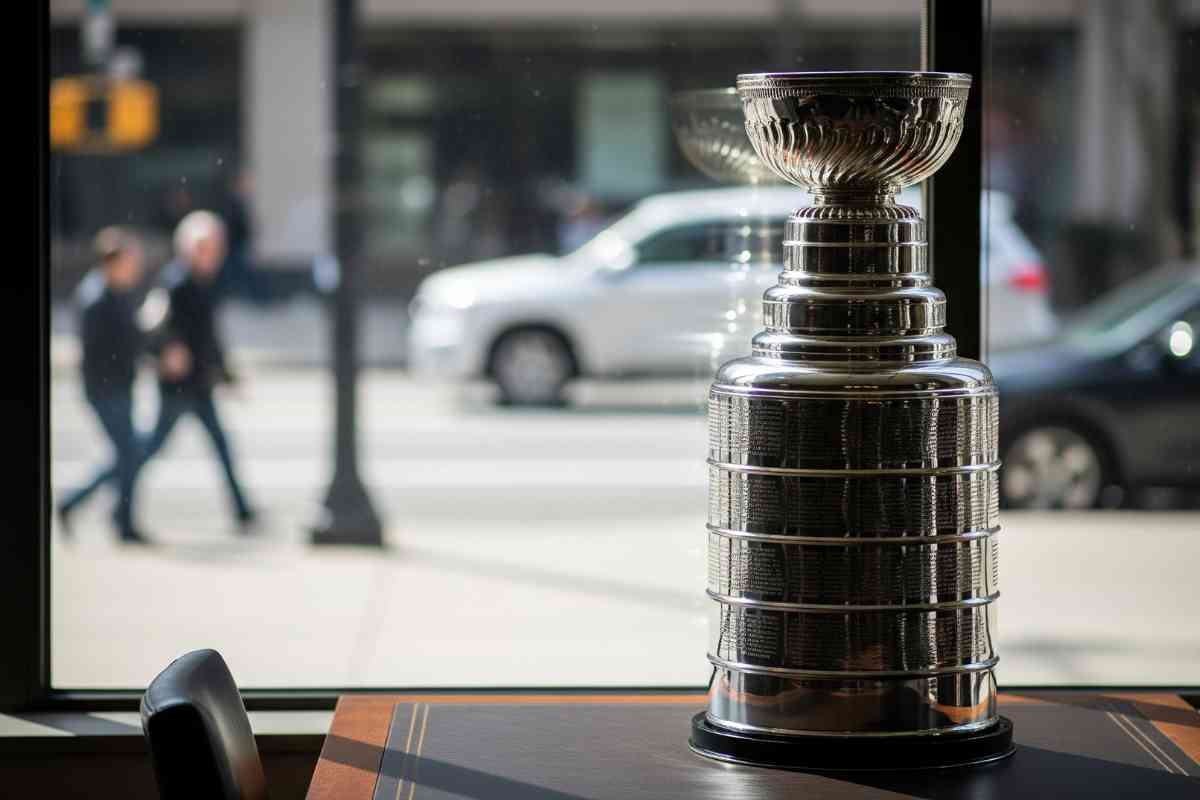Are Stanley Cups Lead Free?

Stanley Cups are super popular, but many people are now asking, do they contain lead?
It's a real concern, especially if you use one every day. We’ve looked into the facts, expert opinions, and what Stanley has said.
Keep reading to find out the truth and whether your favorite cup is actually safe to use.
Table of contents
Key Takeaways
Stanley cups do contain lead, but it's sealed under stainless steel and not exposed during normal use.
The lead is only a concern if the bottom of the cup is damaged.
Stanley confirms their products meet U.S. safety standards, including California’s Prop 65.
Experts agree the risk of lead exposure is minimal unless the seal is compromised.
If you're concerned, lead-free alternatives like Hydro Flask and YETI are available.

Do Stanley Cups Contain Lead?
Yes, Stanley cups do contain lead, but experts say there’s little risk unless the bottom of the cup is damaged.
The lead is used in a sealing pellet, safely enclosed under stainless steel. While concerns have spread online, tests show no lead exposure from normal use, and the company meets safety regulations.
What Part of the Stanley Cup Contains Lead?
In Stanley cups, lead is found in a pellet at the base, used to seal the vacuum insulation.
This pellet is enclosed beneath a stainless steel layer, preventing user exposure. Stanley states the lead is inaccessible during normal use and complies with safety regulations.
Is the Lead in Stanley Cups Exposed to Users?
Stanley cups contain a lead pellet in the base to seal vacuum insulation, but it's covered by stainless steel.
Stanley confirms no lead contacts users or contents. Only severe damage to the base may expose the lead, though this risk is rare under normal use.
Can the Lead in Stanley Cups Harm You?
Yes, lead in Stanley Cups can be harmful. According to the U.S. Environmental Protection Agency, lead exposure can cause serious health problems.
In children, it may lead to brain damage, learning issues, and slowed growth. Adults may face high blood pressure, memory problems, and joint pain. Even small amounts of lead can be dangerous over time.
Are Stanley Cups Compliant with the U.S. Lead Safety Standards?
Stanley cups comply with U.S. lead safety standards. Lead is used during manufacturing but sealed under stainless steel, preventing user contact.
The products meet all U.S. regulations. However, if the cup is damaged, the sealed lead could be exposed, so avoid using compromised cups.
Are Stanley Cups Compliant with California Proposition 65?
Stanley cups are compliant with California Proposition 65. Although lead-based solder seals the bottom, Stanley states it is not exposed to users or the contents.
The lead is covered by a button, ensuring no contact, and the products meet all applicable U.S. regulatory requirements.
Why Do Stanley Cups Have Lead in Them?
Stanley cups contain a lead pellet at the base to seal vacuum insulation, but it's enclosed by stainless steel, preventing user contact.
The company assures it's safe under normal use. Risk arises only if the seal is damaged, potentially exposing the lead. Experts consider exposure minimal.
Have Any Stanley Cups Been Recalled for Lead?
Stanley Cups have not been recalled for lead. The company uses lead-based solder to seal the vacuum insulation, but it is safely enclosed beneath a stainless steel layer.
No consumer contact occurs. Past recalls involved other issues, including burn hazards and exposed lead in Bindle bottles.
Has Stanley Officially Acknowledged the Presence of Lead?
Stanley has confirmed using lead in a sealed pellet at the base of some tumblers as part of their vacuum insulation.
The lead is enclosed under stainless steel, posing no risk unless the bottom cap is damaged. Exposed units qualify for replacement under Stanley’s lifetime warranty.
What Do Experts Say About Lead in Stanley Cups?
Stanley cups contain a sealed lead pellet in the bottom, but experts say they're safe if the seal remains intact.
Risk arises only if the bottom is damaged. For children or added safety, consider lead-free alternatives. Stanley offers replacements for compromised seals.

Are Lead-Free Alternatives to Stanley Cups Available?
Lead-Free Options Exist: Yes, lead-free alternatives to Stanley Cups are available and increasingly popular among safety-conscious consumers.
Material Matters: Many brands offer stainless steel tumblers and insulated drinkware that are tested to be free from lead.
Watch the Seals: Pay attention to the solder or sealing parts, especially at the base of vacuum-insulated containers, as these can contain lead.
Trusted Brands: Companies like Hydro Flask, YETI, and Klean Kanteen are known for making safe, lead-free products.
BPA-Free & Durable: These brands also offer BPA-free, durable options that match Stanley in insulation and design.
Read Labels Carefully: When shopping, check if the manufacturer clearly states the product is lead-free or uses lead-free solder.
- Choose Transparency: Opt for brands with clear safety testing and transparency to ensure peace of mind.
Can Damaged Stanley Cups Increase Lead Exposure Risk?
Damaged Stanley cups may pose a low risk of lead exposure if the bottom is compromised.
A lead pellet, used to seal insulation, is typically encased in stainless steel. However, if exposed due to severe damage, it could leach lead, warranting immediate discontinuation of use.





